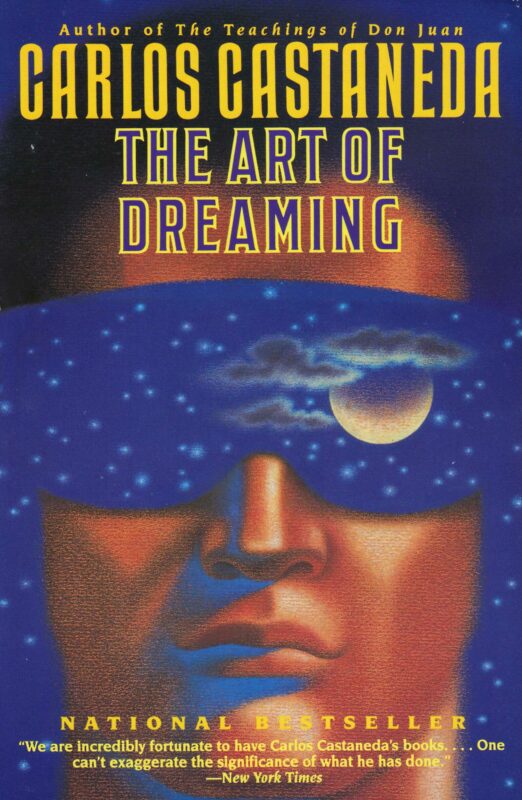The Third Gate of Dreaming – The Art of Dreaming
Carlos Castaneda enters the **third gate of dreaming**, where the goal is to merge his dreaming reality with daily reality by consolidating his **energy body**. He struggles with the compulsion to be absorbed by mundane details within his dreams, a challenge don Juan attributes to the energy body’s inexperience. Don Juan emphasizes the role of the **assemblage point** in this process and reveals that Castaneda’s physical body was abducted by inorganic beings, only to be rescued by don Juan and his companions, including Carol Tiggs, who collectively shifted their assemblage points. Castaneda learns that his struggle to move in dreams is due to his trying to “walk” his energy body, when it should glide or soar. Don Juan then sets the next task: to practice **seeing energy** in his dreams, the true measure of whether he is in a real world or a mere phantom projection.
The Third Gate of Dreaming – The Art of Dreaming Read More »
